Almost 2,000 athletes aged 18 and under will descend on Lausanne and the surrounding area for the Youth Olympic Games. EPFL, in partnership with the University of Lausanne (UNIL) and Lausanne University Hospital (CHUV), will use this unique opportunity to test a series of technologies developed in the lab before bringing them to the general public.
Some 1,880 young athletes aged 15-18 will flock from every corner of the globe to Lausanne and the surrounding area for the 2020 Youth Olympic Games (YOG), which run from 9 to 22 January. They will stay at UNIL's Dorigny campus, in the purpose-built Vortex village which, once the games are over, will become student accommodations. The venues - Lausanne, Les Diablerets, Villars, Champéry and St. Moritz - will host eight sports in total over the two weeks of the games. Alongside traditional disciplines such as alpine skiing, snowboarding, Nordic combined, ice hockey, biathlon, curling, skating and bobsled, the Lausanne games will be the first to feature ski mountaineering, after the sport was recognized by the International Olympic Committee.
EPFL boasts a longstanding track record in pushing the boundaries of sports innovation. The school will contribute to the 2020 YOG education program, using the games as a testing ground for new technologies developed in conjunction with the UNIL-EPFL Sport and Health Center (CSS) and CHUV. Pascal Vuilliomenet, a project manager at EPFL's Vice Presidency for Innovation, is intimately familiar with the 30 or so laboratories carrying out sports-related research and development work. It's his job to create synergies. "The 2020 YOG is a major event," says Vuilliomenet. "It's a chance to get everyone working together on applied projects, to strengthen existing collaborative relationships - and to start new ones."
Sports and technology come together
Health and injury prevention in sports
For EPFL, UNIL and CHUV, the Lausanne 2020 YOG are a unique opportunity to showcase "Health for Performance," an unprecedented and ambitious educational project that combines technology with sports science and injury prevention techniques to promote the benefits of good health for athletic performance.
Athletes will have a chance to create their own avatar, or digital double. After completing a series of mobility, stability and movement tests, their data will be fed into the system. The results will be collated in an app, developed by EPFL startup Katapult, where athletes will be able to see their personal musculoskeletal and motor profile, highlighting their strengths and weaknesses. The app will also enable specialists to give athletes tips and advice on improving their performance.
The project is a joint effort between researchers and the CSS. "It's a virtuous circle," explains Vuilliomenet. "The CSS, which works directly with athletes, tells us what products and services it wants to develop, then we find labs capable of meeting that demand. The CSS tests the prototypes and reports back to us. And in the process, we generate a rich vein of data that can be used in other areas of research."
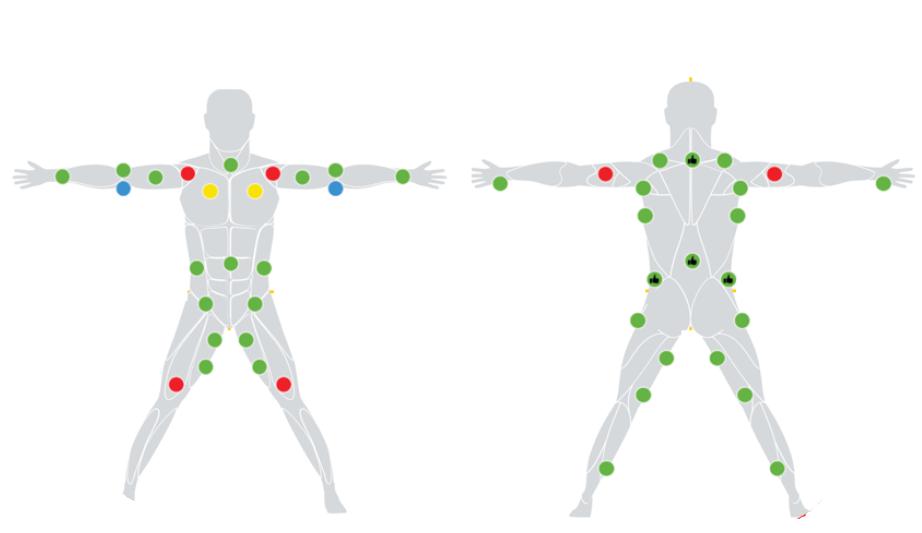
Athletes' test results are fed into their avatar © Katapult
Paradigm shift
The idea behind Health for Performance is to bring about a paradigm shift in sports coaching and training. Whereas in the past the emphasis was on strength, speed and endurance, the project stresses how moving in the right way can help athletes reach their full potential. "These days, everyone wants to trail race, that's what's hot," says Stéphane Maeder, head of the CSS. "And people want to run faster, go further, or lift heavier weights. But what happens? They get injured! We want to change mindsets and place the emphasis on quality. Athletes should stop thinking about how far they can push themselves, and focus instead on how they're moving their bodies." Athletes competing in the 2020 YOG will have a chance to use some of the assessment tools developed by Maeder and his team. These same tools will gradually be rolled out at the CSS.
Once an extension planned for 2021 is complete, the CSS will serve as a one-stop shop for sports technology. "We'll be equipped to run tests and assessments for people of all ages and mobility profiles - not just athletes," says Maeder. "We'll be able to detect and act on issues before they become serious."
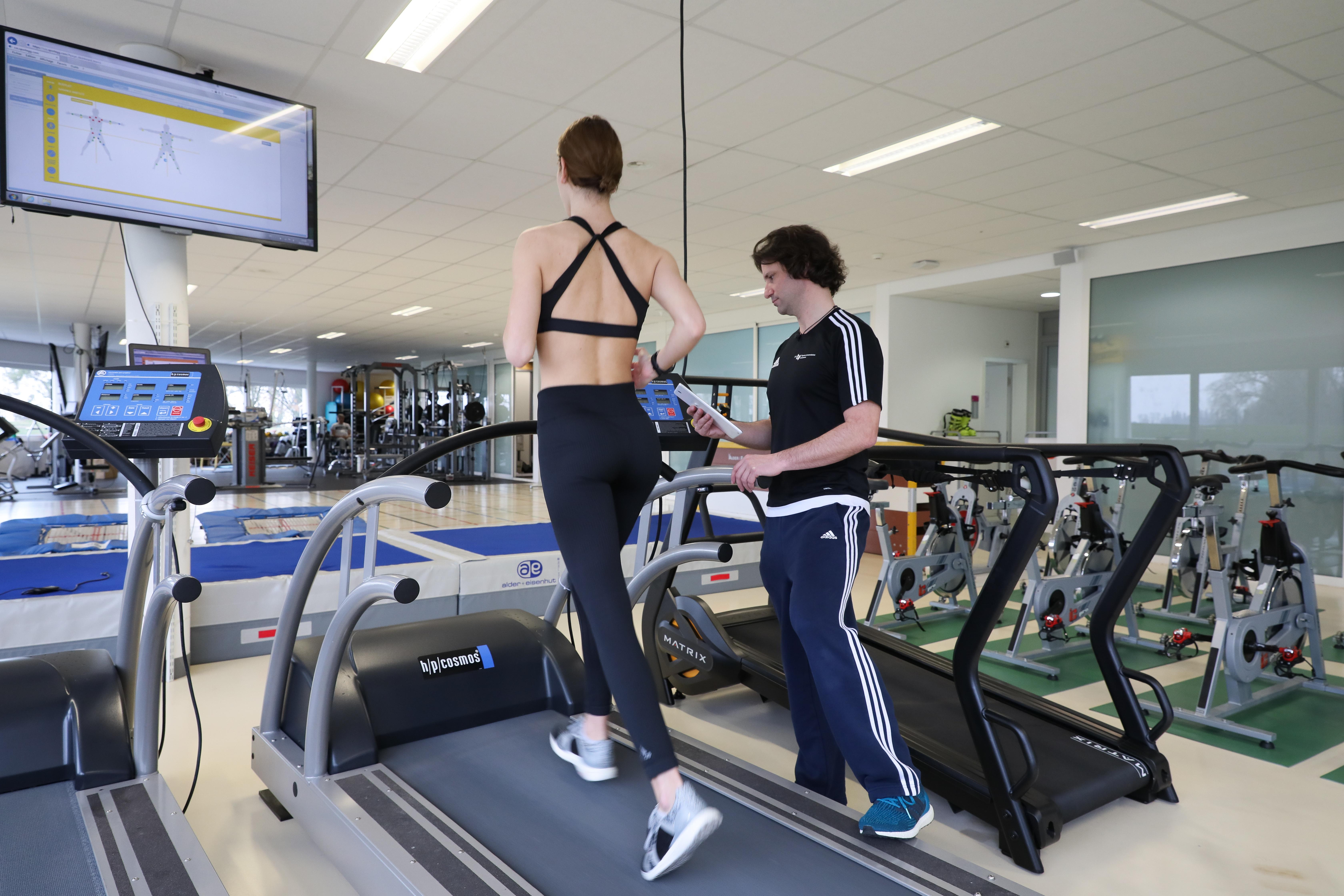
Know yourself better to train better© Alain Herzog
According to Stéphane Tercier, lead consultant for adolescent sports medicine (SportAdo) at CHUV, "the medical implications of the Health for Performance concept are clear: young athletes wishing to maintain a high level of performance throughout their careers need to stay in good overall health." This message, which spans all aspects of adolescents' physical and mental health, features in preventive health materials developed by CHUV and disseminated through EPFL's innovative communication channels.
"There's a link between elite sports and the work we do," says Olivier Mutter, a project manager at UNIL's Institute of Sport Sciences (ISSUL) who has been designing sports education programs for many years. "The aim of our work is to promote good public health - physical and mental. We're building bridges between worlds that traditionally don't connect: between research, sports and the general population."

The Squaty sensor-filled mat records downward pressure and center-of-gravity displacement © Alain Herzog
Three experiments at the 2020 YOG
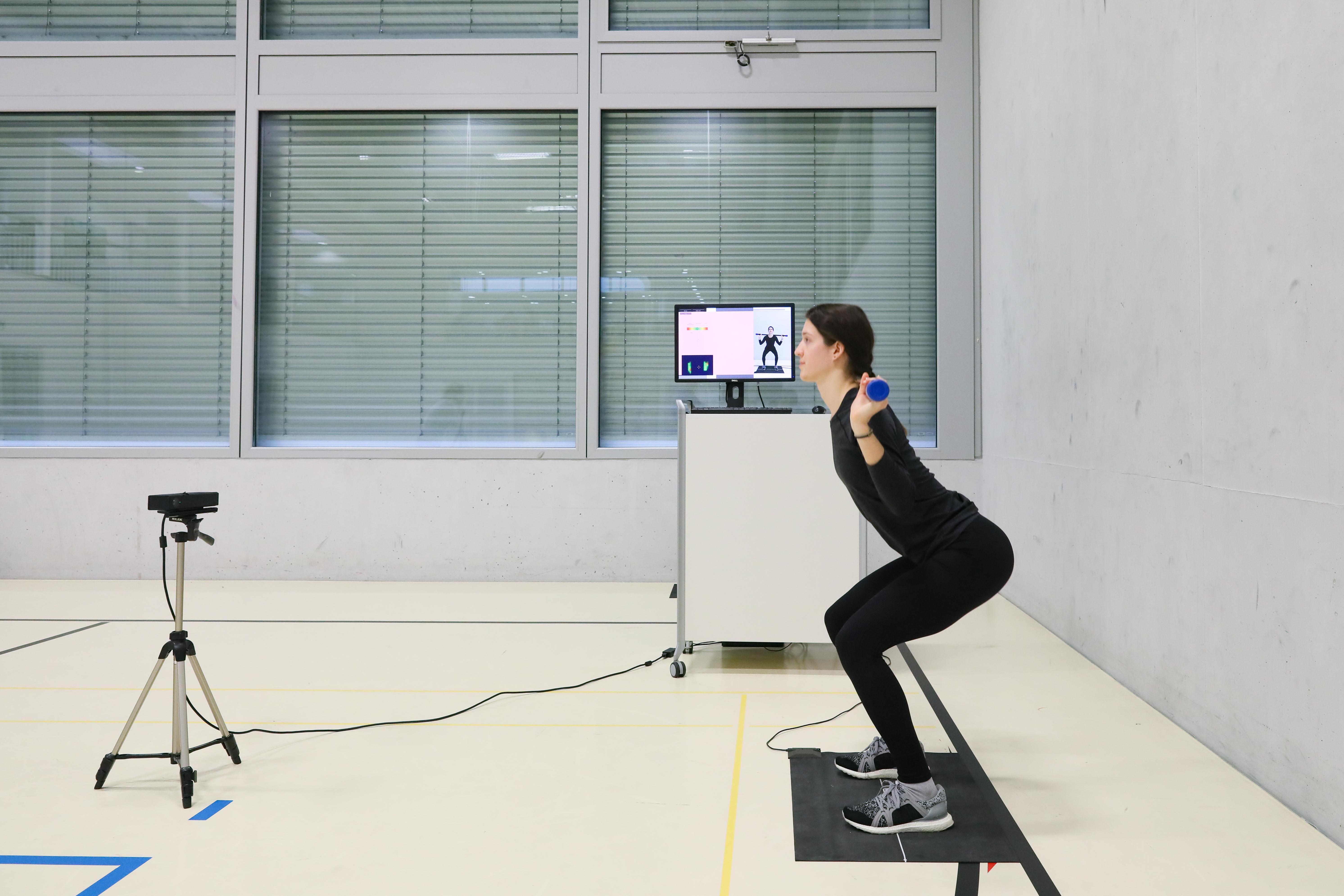 Squaty, developed by EPFL startup Technis, is a sensor-filled mat. The sensors record downward pressure and center-of-gravity displacement as users perform a squat exercise, sending the readings to an app. The smart mat is also connected to cameras that analyze the joints, observing movement compensation.
Squaty, developed by EPFL startup Technis, is a sensor-filled mat. The sensors record downward pressure and center-of-gravity displacement as users perform a squat exercise, sending the readings to an app. The smart mat is also connected to cameras that analyze the joints, observing movement compensation.
 Body Lat involves measuring range of motion in the muscles and joints and analyzing mobility.
Body Lat involves measuring range of motion in the muscles and joints and analyzing mobility.
 Motor skills analyzes fine motor skills by assessing how athletes maintain balance while hopping on a seesaw-like apparatus, tracking their movements until they regain stability.
Motor skills analyzes fine motor skills by assessing how athletes maintain balance while hopping on a seesaw-like apparatus, tracking their movements until they regain stability.
Sports health laboratories and startups
At the next YOG, competitors will have a chance to try out the avatar they create using the Katapult app, which will be enhanced by various technologies developed by EPFL, UNIL, CHUV and other Smart Move partners. The app will produce ever more detailed results. For instance, athletes will gain insights into how sleep and diet affect their health and performance, and even check their overall state of health by looking at biomarkers in their sweat. The technologies will include contributions from several EPFL labs and startups.
Tracking movement
The Computer Vision Laboratory (CVLAB), led by Professor Pascal Fua, has developed a system that uses one or more cameras to analyze an athlete's movements. Using algorithms, the system reconstructs the position of the athlete's body in space and calculates the trajectory of the joints. Prof. Fua and his team are developing versions of the technology that can operate in increasingly complex environments.
The lab's next challenge, working with Swatch Group's sports watch arm Swiss Timing, is to track competitive divers as they execute their dives. "Our system should help judges score dives more objectively, and improve training," explains Prof. Fua. "The idea is to overlay dozens of recorded dives, check for consistency of movement, and perhaps even suggest improvements." The technology has already been used to track soccer and basketball players, and will soon be deployed on the ski slopes.
Identifying and tracking individuals
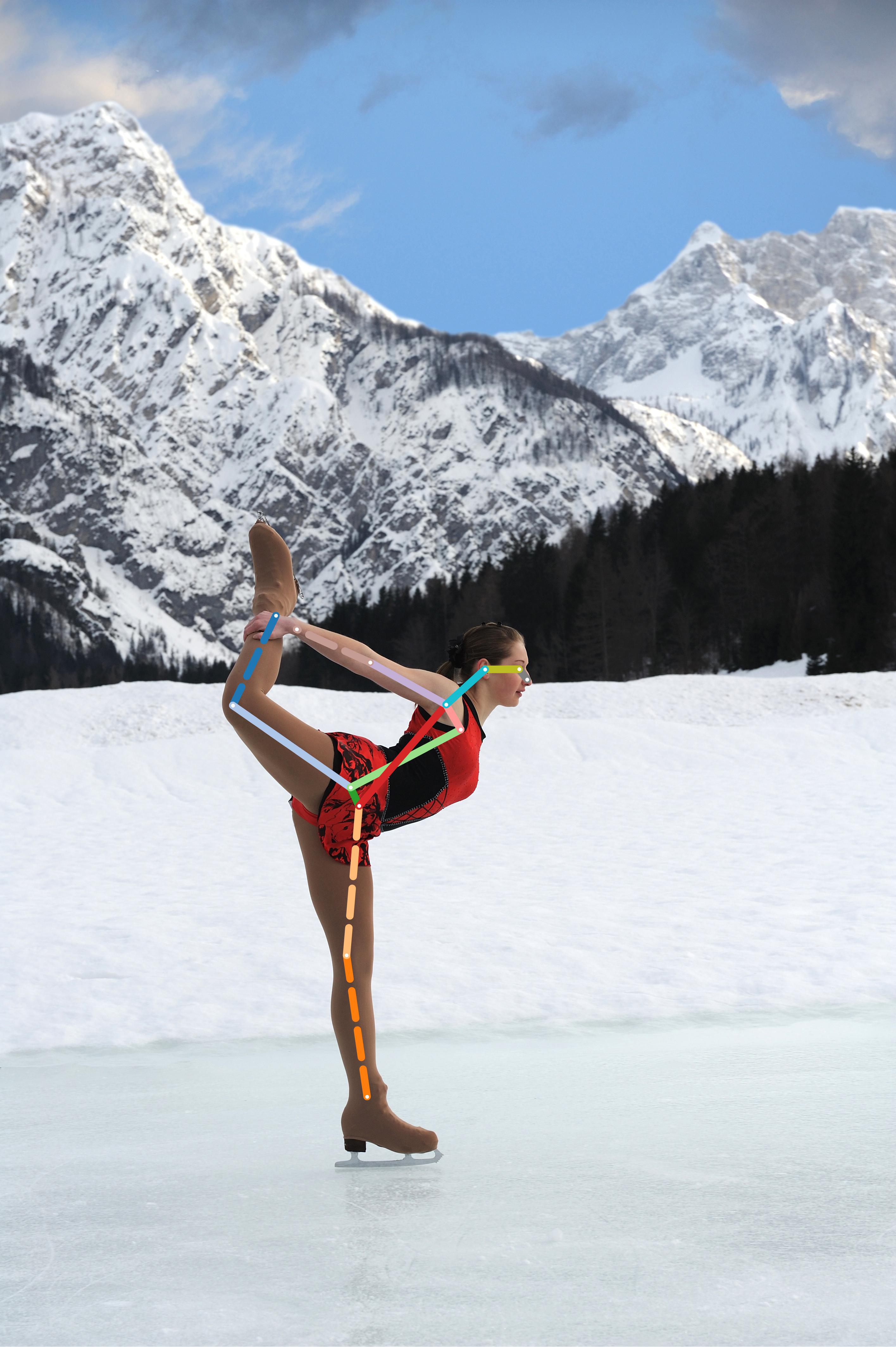
Alexandre Alahi, a tenure-track assistant professor at EPFL's Visual Intelligence for Transportation Laboratory (VITA), works on the implications of human behavior for self-driving cars. He has developed an app that uses a smartphone camera to detect a person's movements, posture, body position and direction of gaze, including in the middle of a crowd. The system can identify and continue tracking people even if they temporarily leave the camera's field of view because it recognizes their behavior, posture, movement and activity profile. The technology works by building a unique, 17-point model of a person' skeleton (see photo above). "The system could give coaches precise, detailed, real-time insights into athletes' movements and postures," says Prof. Alahi.
Eating well to perform well
How can marathon runners keep their blood sugar levels stable? How can sprinters gain explosive strength? In theory, science should be able to address questions like these. But the sheer number of variables in play means that, in practice, precise answers are more elusive. "An apple's origin, variety, whether or not it's organic - all these factors affect different people in different ways," explains Chloé Allémann, a scientific assistant who leads the Food and You project at EPFL's Digital Epidemiology Lab.
Diet and health are closely related. Likewise, the foods athletes eat impact their performance. "Many health issues can be addressed with a balanced diet and regular exercise," says Allémann. "In terms of sports, we could develop custom diets for individual athletes."
From her diet and lifestyle research - spanning aspects such as exercise, sleep, everyday habits, overall health, gut microbiota and blood sugar - Allémann understands that we all react differently to the foods we eat. "Blood sugar levels vary from one person to the next," she explains. "Eating a banana before exercising is beneficial for some people but not for others."
The research group plans to invite around 20 athletes to a CSS summer camp for observation. "The athletes will spend a week eating exactly the same diet and doing exactly the same exercises," says Allémann. "We'll be able to measure how their blood sugar levels vary under similar conditions."
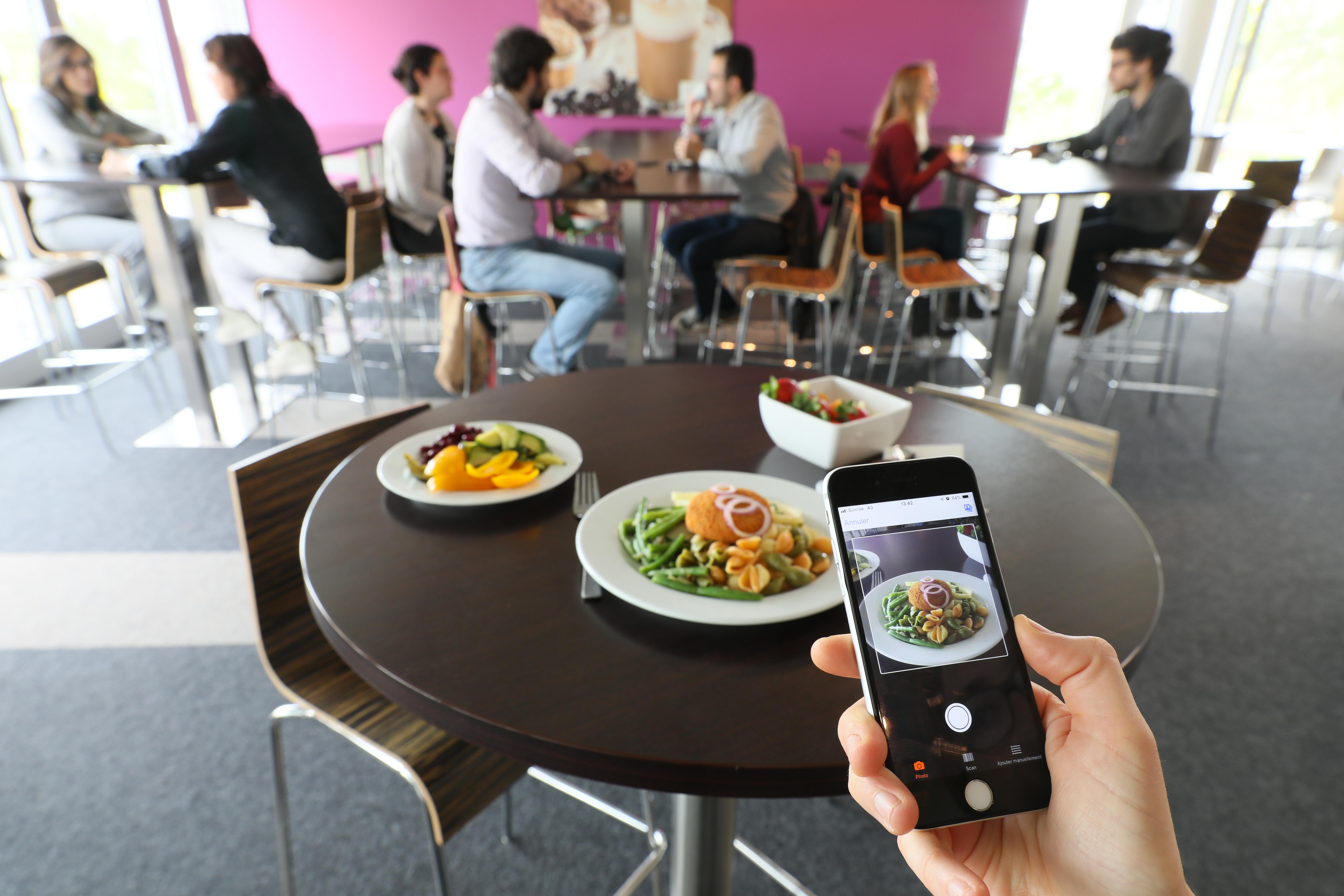
Diet plays a prominent role in health and athletic performance © Alain Herzog
Wearable biochemical sensors
EPFL spinoff Xsensio - working with the Nanoelectronic Devices Laboratory (Nanolab), from which it originated - has developed on-chip sensors that measure biomarkers in sweat. The chip, which measures barely 5 mm2 and is worn on a smart patch stuck to the skin, sends real-time, continuous readings to a smartphone app or other external system. "The sensors can measure variations in electrolyte, metabolite or protein concentrations in an athlete's sweat," says Esmeralda Megally, Xsensio co-founder and CEO. "Electrolyte changes, for instance, tell us how dehydrated the wearer is, or how well they're acclimatizing to heat. Similarly, lactate levels give us insights into muscle activity, while cortisol is an indicator of stress. The data should also be of interest to medical practitioners."
What sets Xsensio's device apart is its size: the tiny chip can hold millions of sensors. "Our ambition is to produce a constant flow of biochemical information that's as accurate as you'd get from a blood test, without the invasive downside," says Megally. Xsensio's Lab-on-Skin chip recently scooped a CES Innovation Award in the wearable technologies category. The award ceremony will take place in January in Las Vegas.

Measuring biomarkers in sweat with a tiny chip worn on the skin © Xsensio
Tracking athletes, step by step
Collecting information is only the first part of the process. The data needs to be centralized, delivered to athletes, coaches, physicians, physiotherapists and other team members in a usable format - and kept secure. The Katapult app, developed by the eponymous EPFL startup, is an all-in-one health management hub where athletes can see their test results, get automated, personalized recommendations, and track their progress. The company has been working with the CSS for the past four years. "We tested the app with 2,300 athletes in Buenos Aires in 2018, checking its functionality and robustness," explains Dan Hafner, Katapult's director. "Despite power cuts and patchy Wi-Fi coverage, we didn't lose any data. We're unlikely to face the same challenges in Lausanne."

The start-up Katapult has developed an application to collect data from athletes © Katapult
Cross-disciplinary approaches in compulsory education
The Lausanne 2020 YOG provided the basis for unprecedented collaboration between EPFL's Education Outreach Department and the Canton of Vaud's General Directorate of Compulsory Education (DGEO). EPFL and the DGEO spent 12 months developing a cross-disciplinary teaching kit with input from high-school teachers. Every class in Vaud Canton received a copy of the kit.
What makes this new resource different is that it shows how objects in the world around us draw on disciplines that are traditionally taught separately at school. The kit stresses that, while science and technology are important, other subjects - from art and design to marketing, geography and economics - also have a role to play. "The kit also draws links between the curriculum taught in local schools and winter sports," says Laura Tibourcio de la Corre, from EPFL's Education Outreach Department. "For instance, downhill skiing can help children learn about Pythagoras' theorem and how to calculate speed."
Two films were also produced to accompany the kit, looking at the design and manufacture of two pieces of winter sports equipment that will feature prominently at the 2020 YOG: ski helmets and skis. The design of ski helmets touches on issues of biology, research and development. How does the helmet protect against skull fractures? How does it prevent concussion? The helmet film includes footage of EPFL students working on shock absorption systems, as well as physicians from CHUV explaining the mechanisms behind concussion. The second film, on skis, focuses on manufacturing and shows local, cutting-edge companies in action.
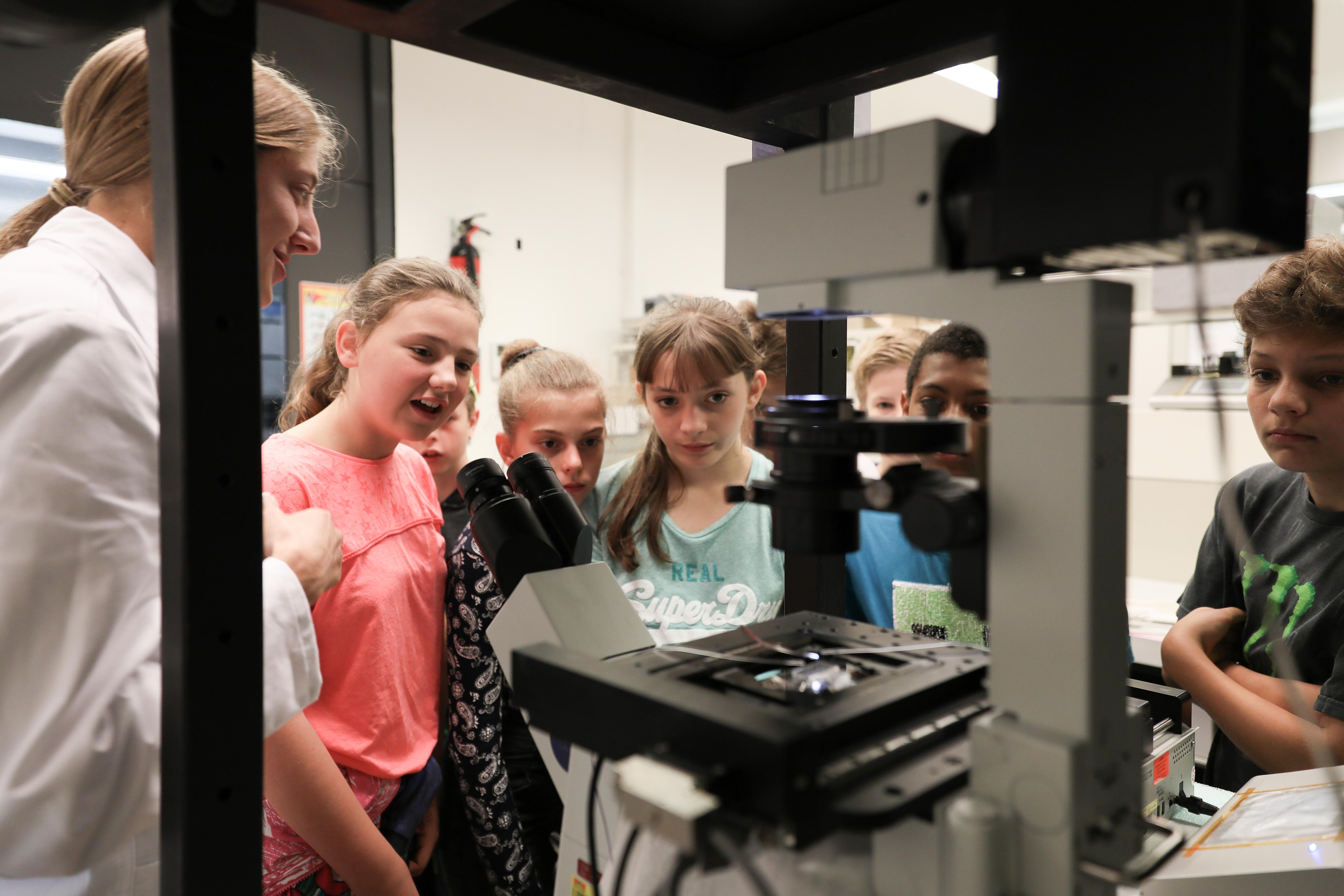
© Alain Herzog
Public exhibition
Lausanne's Malley Sports Center will host an interactive exhibition, housed inside a 300 m2 dome, where schoolchildren and members of the public will have a chance to try some of the athletes' exercises for themselves. The exhibition will also feature activities designed by the University of Health Sciences (HESAV).
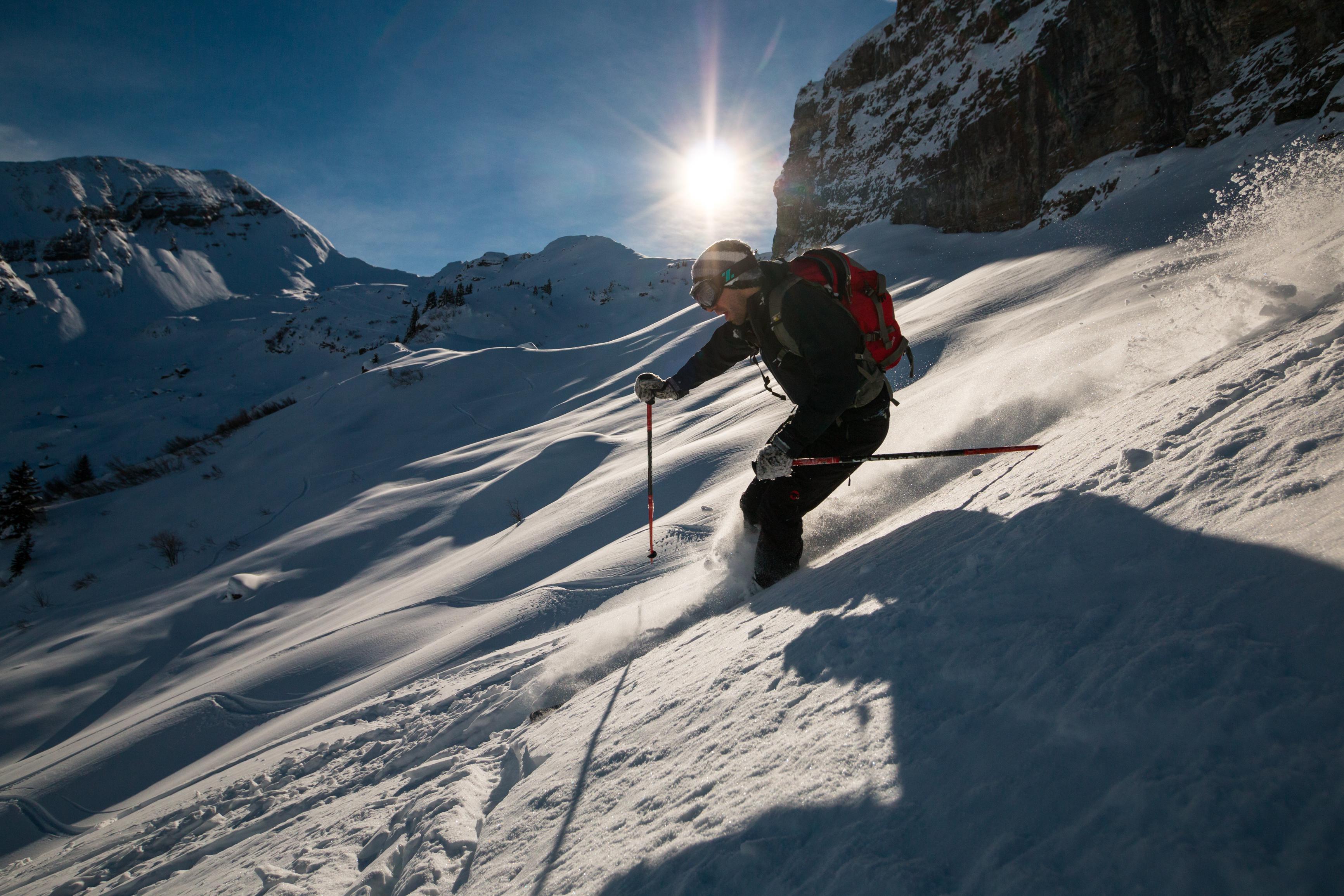
© Jamani Caillet






